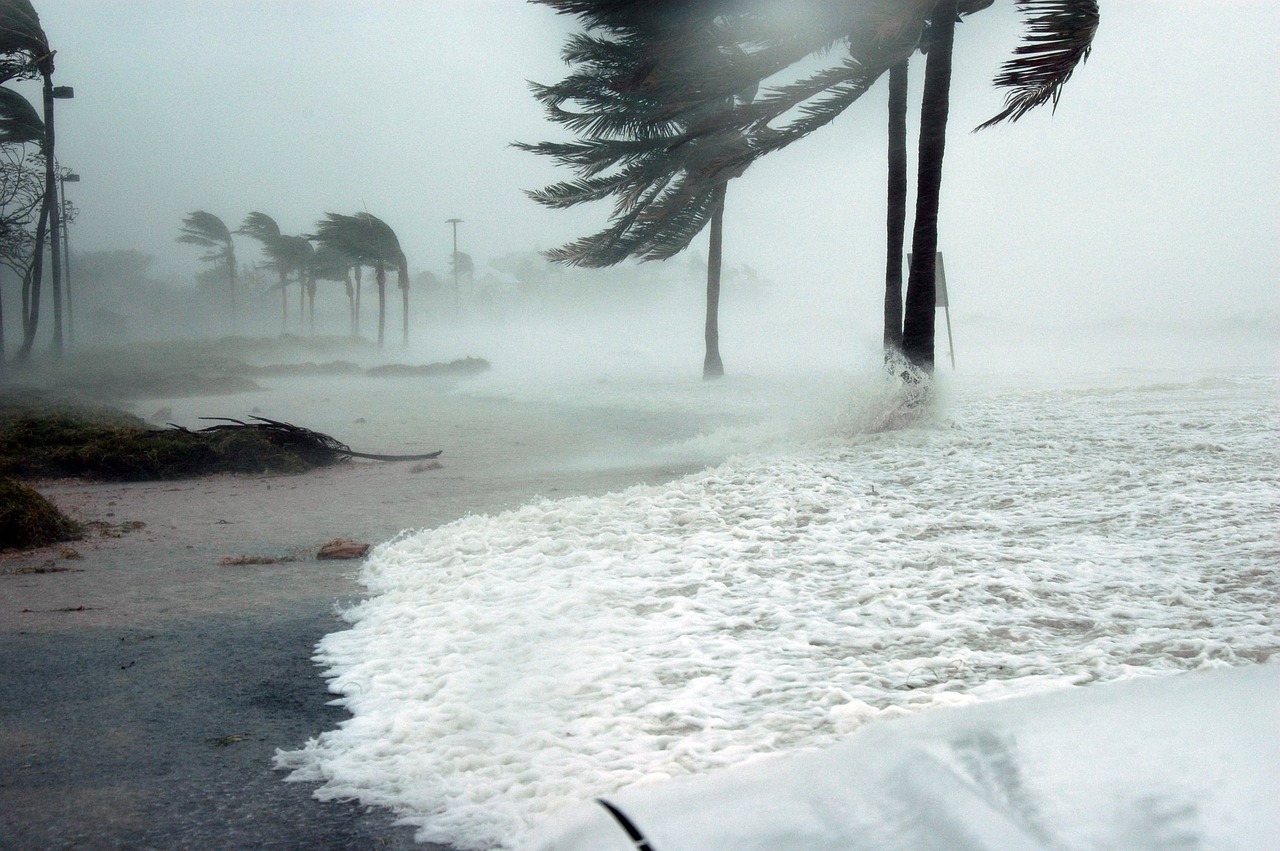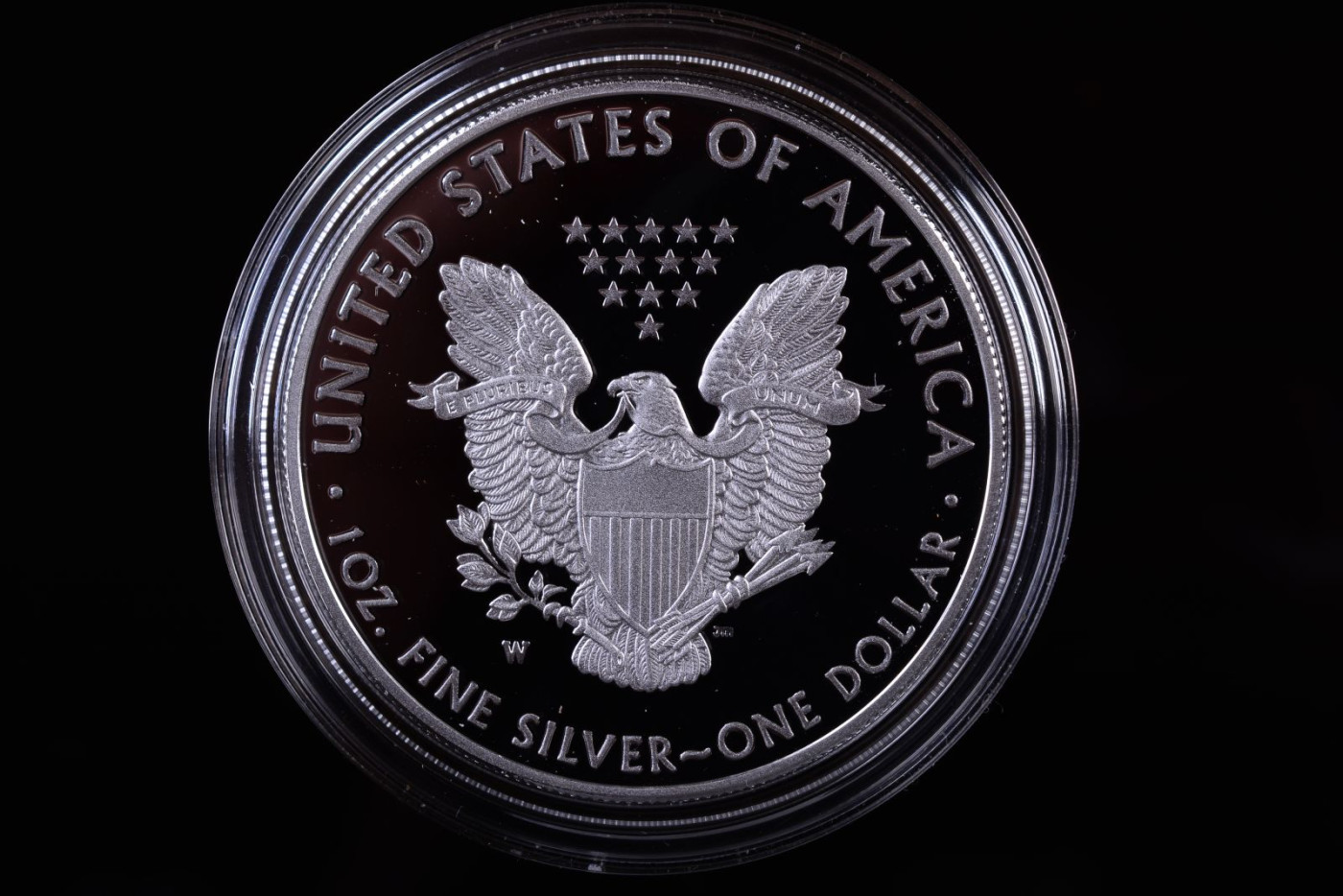While greenery is often viewed as a positive indicator of environmental health, the situation in Antarctica tells a different story. As parts of the icy continent are rapidly turning green with plant life due to extreme heat events, concerns are growing about its delicate ecosystem.
A recent study published in Nature Geoscience reveals that plant life on the Antarctic Peninsula (AP) has increased tenfold over the past four decades.

Conducted by scientists from the universities of Exeter and Hertfordshire in England, alongside the British Antarctic Survey, the research indicates that vegetation covered less than 0.4 square miles of AP in 1986, but expanded to nearly 5 square miles by 2021.
“It’s the beginning of a dramatic transformation,” says Olly Bartlett, one of the authors of the study titled “Sustained Greening of the Antarctic Peninsula Observed from Satellites,” published on Friday.
The researchers used satellite imagery powered by NASA and data from Google Earth Engine to conduct their study.
What did the study find out?
The findings attribute the surge in plant growth to extreme heat events in the region.
In an interview with CNN, Thomas Roland, an environmental scientist at the University of Exeter and the author of the study, remarked, “Our findings confirm that the influence of anthropogenic climate change knows no bounds.”
 As vascular plants native to the area are also expanding, it is the moss plants in the peninsula who’s exacerbated growth is of high concern. (Photo: Nature Geoscience Journal)
As vascular plants native to the area are also expanding, it is the moss plants in the peninsula who’s exacerbated growth is of high concern. (Photo: Nature Geoscience Journal)
He explained that while the landscape remains largely composed of snow, ice, and rock, the small green areas have experienced significant growth since the mid-1980s.
This acceleration in green cover is also linked to a decrease in sea ice in Antarctica, with melting ice and warmer temperatures creating more favourable conditions for plant growth.
The study underscores the growing importance of biosecurity, as warming temperatures in cold, high-latitude ecosystems may allow non-native species to establish themselves.
In the area surrounding Robert Island—recognised for its vegetation and significant greening trends—researchers observed an 18.7% increase in vegetated area between 2013 and 2016. This recent acceleration in vegetation from 2016 to 2021 coincided with a marked decrease in sea ice extent during the same period.
As native vascular plants expand, it is particularly concerning that mosses on the peninsula are experiencing rapid growth.
Field observations by the scientists revealed that these mosses have begun to spread over rocky landscapes, eventually forming a layer of soil.
This soil turf creates a suitable habitat for other plant life to thrive.
Roland cautions that this could threaten native biodiversity and endemic species, stating, “Even in the Antarctic Peninsula—this most extreme, remote, and isolated ‘wilderness’ region—the landscape is changing, and these effects are visible from space.”
 Physical visits by the scientists revealed that as these mosses spread to now rocky landscapes and eventually built up a layer of soil. (Photo: Nature Geoscience Journal)
Physical visits by the scientists revealed that as these mosses spread to now rocky landscapes and eventually built up a layer of soil. (Photo: Nature Geoscience Journal)
Antarctica warms up
Ground temperatures in the region have averaged 10 degrees Celsius higher than normal since mid-July this year, with some days reaching temperatures up to 28 degrees higher, as reported by the Indian Express in August.
Scientists attribute these elevated temperatures primarily to the weakening of the polar vortex, a band of cold air and low-pressure systems that encircles the poles in the stratosphere. According to a 2023 study in Nature Climate Change, Antarctica is warming at a rate of 0.22 to 0.32 degrees Celsius per decade, nearly twice the global average.
This warming trend during Antarctica’s winter could lead to further losses of the Antarctic Ice Sheet, which, along with the Greenland Ice Sheet, poses a significant threat to global sea levels. Notably, Antarctica has already lost 280% more ice mass in the 2000s and 2010s compared to the 1980s and 1990s, according to a 2019 study published in PNAS.
Disclaimer: The copyright of this article belongs to the original author. Reposting this article is solely for the purpose of information dissemination and does not constitute any investment advice. If there is any infringement, please contact us immediately. We will make corrections or deletions as necessary. Thank you.







